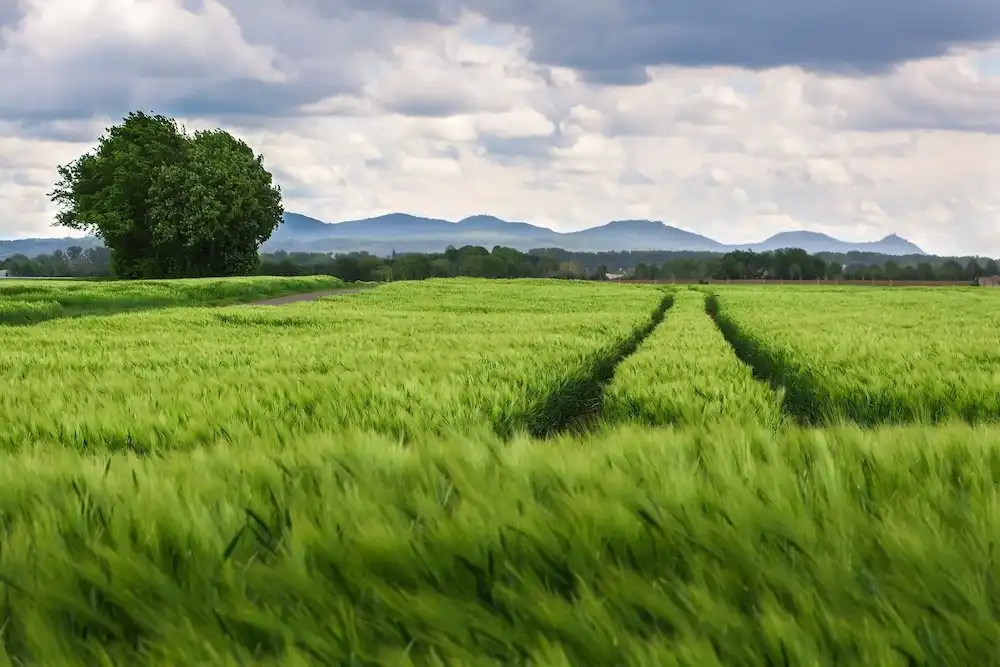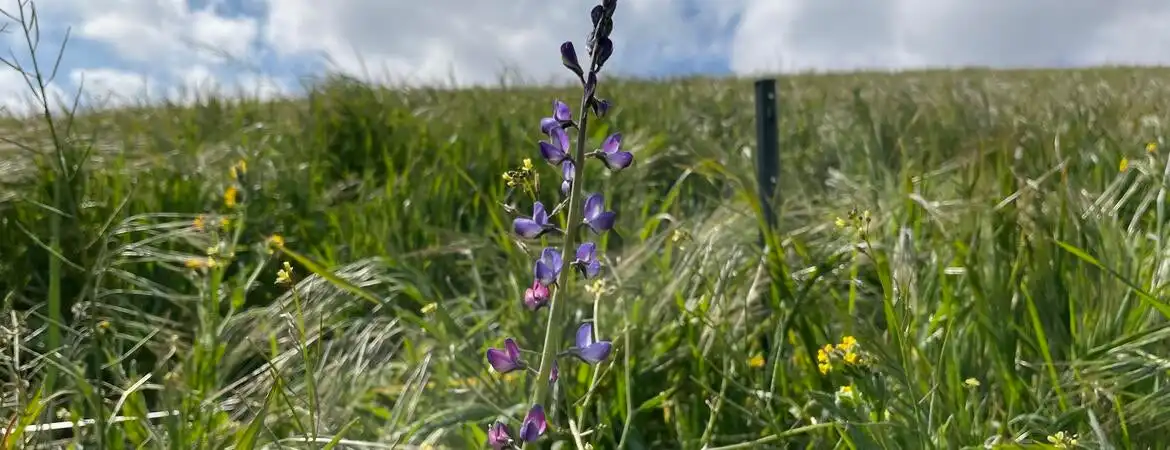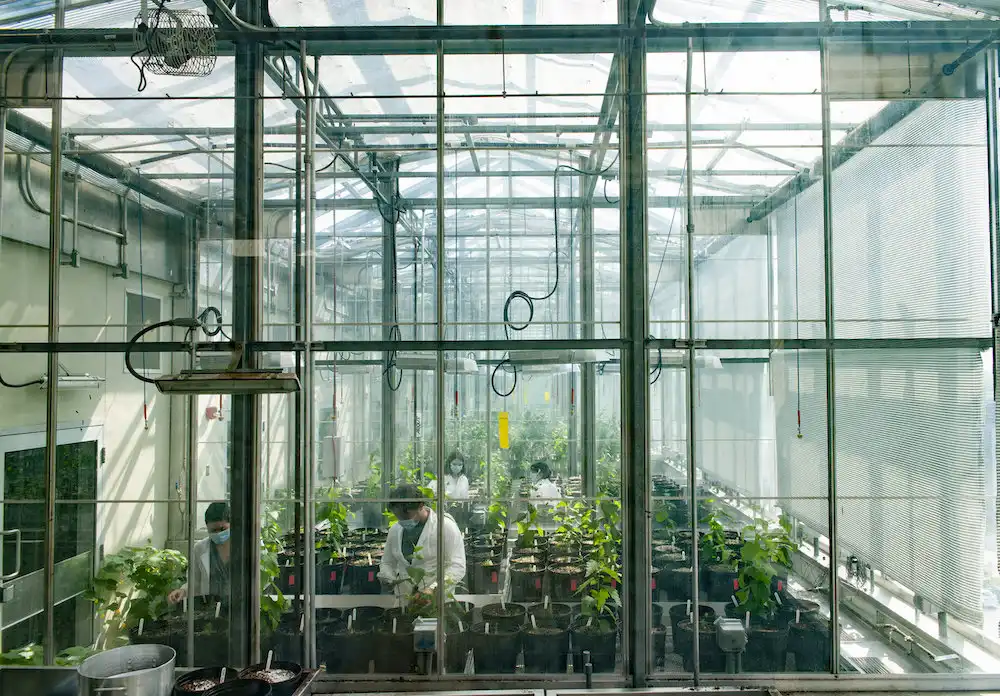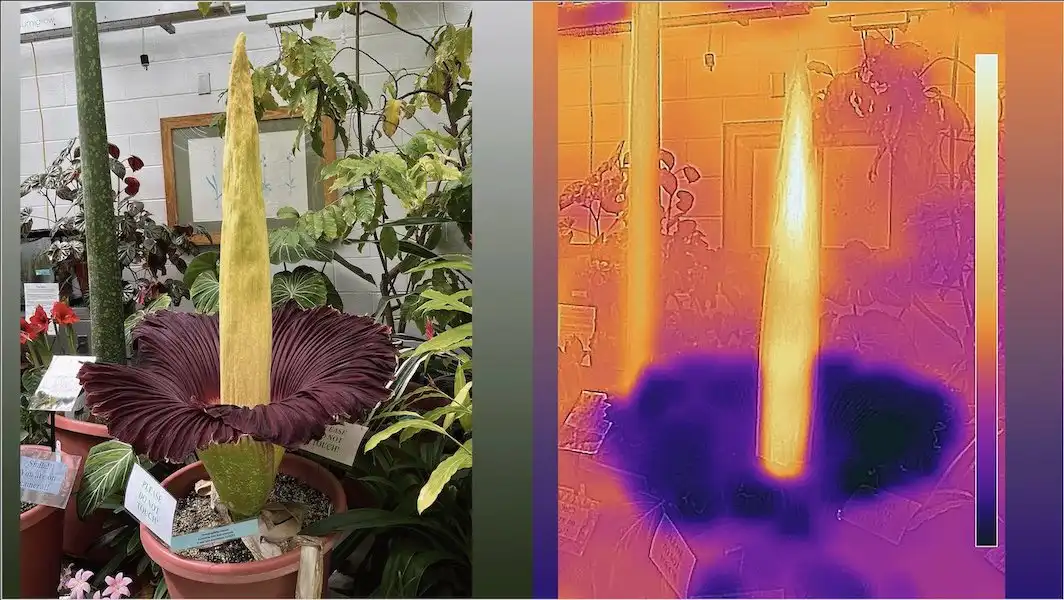
Nature conservation policies are trying to safeguard forests all over the world, which is a good thing. But it seems like less-flashy ecosystems are getting left behind. Grassy ecosystems include grasslands, savannas, shrublands, woodlands and tundra. Experts say these ecosystems are…
Read More











